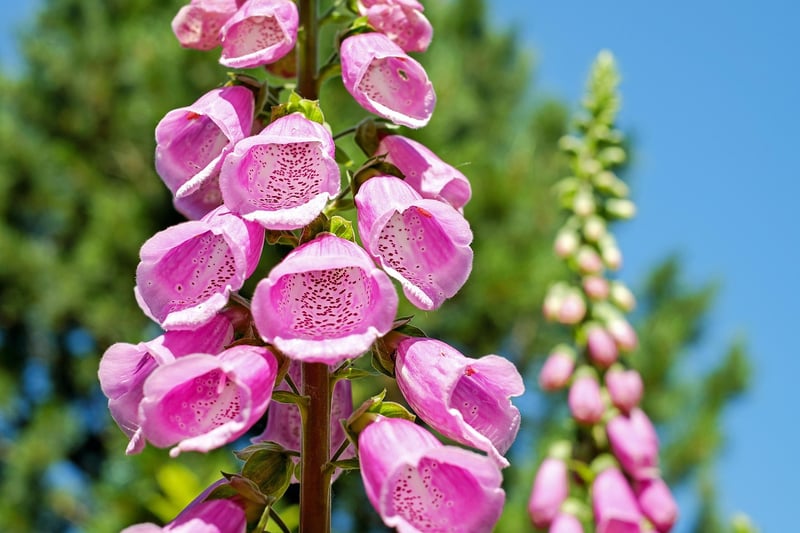Light Requirements
Keeping Your Vertical Garden Healthy
Introduction
Vertical gardens are a great way to bring greenery into small spaces, creating a beautiful and refreshing environment. To ensure your vertical garden thrives, it's essential to understand how to keep it healthy and vibrant. In this article, we will explore some tips to maintain the health of your vertical garden.
Watering
Proper watering is crucial for the health of your vertical garden. Since vertical gardens have a smaller soil volume, they can dry out quickly. Ensure that your plants receive enough water without becoming waterlogged. Consider installing a drip irrigation system or hand-water your garden as needed.
Light Requirements
Light is one of the most critical factors for the health of your vertical garden. Different plants have varying light requirements, so it's essential to choose the right location for your garden. Here are some common light requirements:
Full Sun Plants
- Roses
- Tomatoes
- Peppers
Partial Sun Plants
- Ferns
- Hostas
- Begonias
Shade-Loving Plants
- Peace lilies
- Spider plants
- Calathea
Choosing the Right Plants
When selecting plants for your vertical garden, consider factors such as light requirements, soil type, and climate. Choose plants that are well-suited for vertical growth and thrive in your specific environment.
Image Inspiration

Maintenance
Regular maintenance is essential to keep your vertical garden healthy. Prune plants as needed, check for pests, and fertilize appropriately. By staying proactive in your garden care, you can prevent issues and promote plant growth.
Conclusion
Keeping your vertical garden healthy involves proper watering, understanding light requirements, choosing the right plants, and regular maintenance. By following these tips, you can enjoy a flourishing vertical garden that adds beauty and tranquility to your space.
